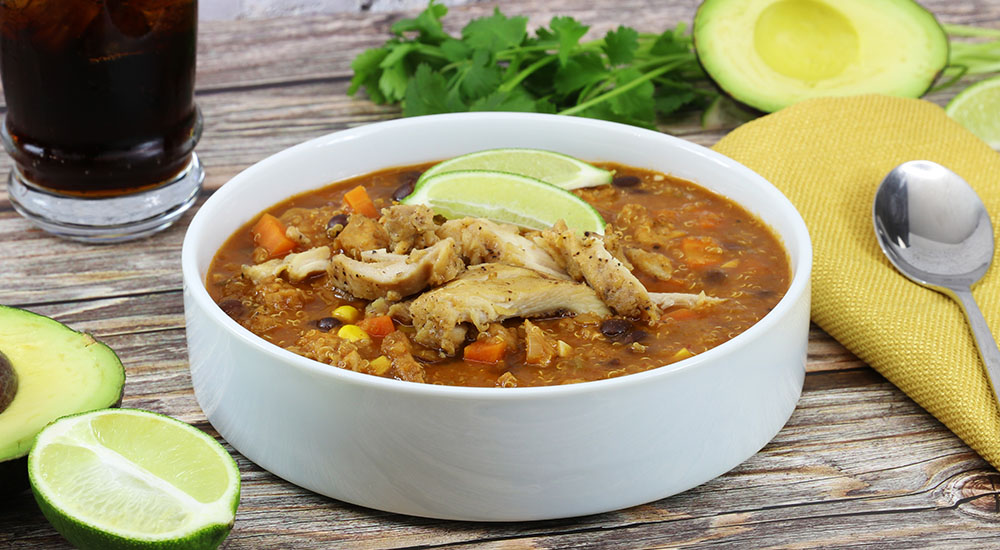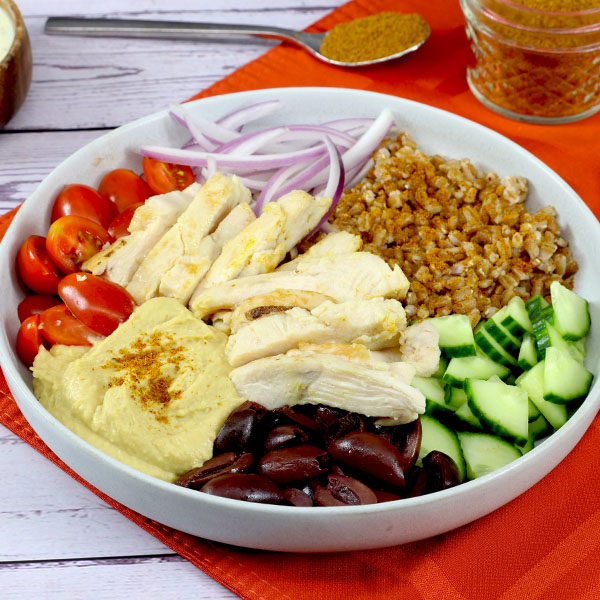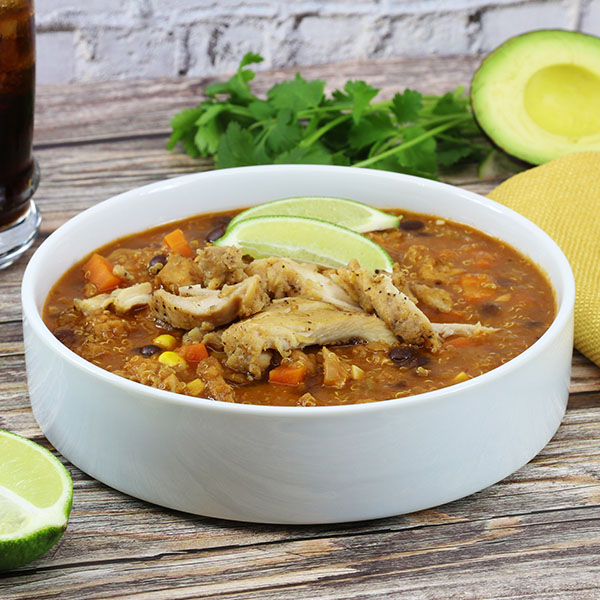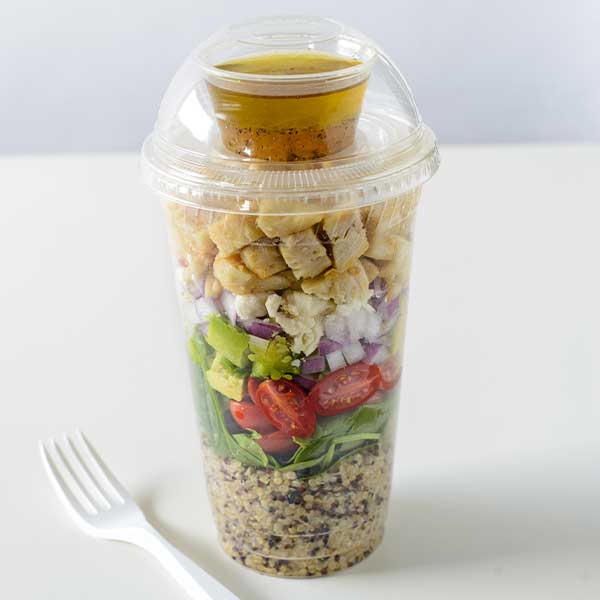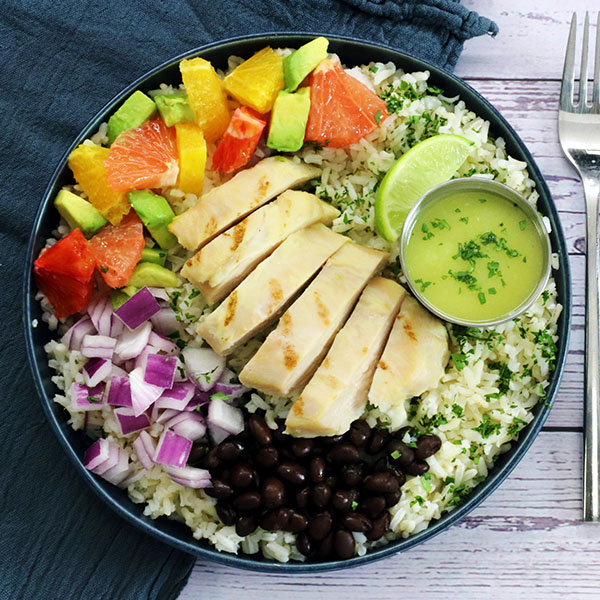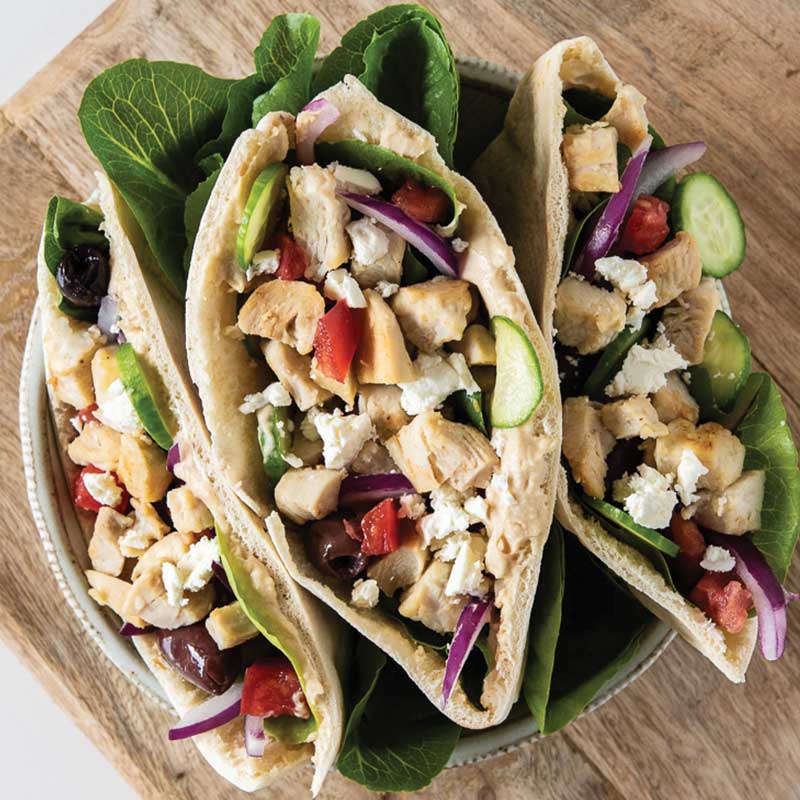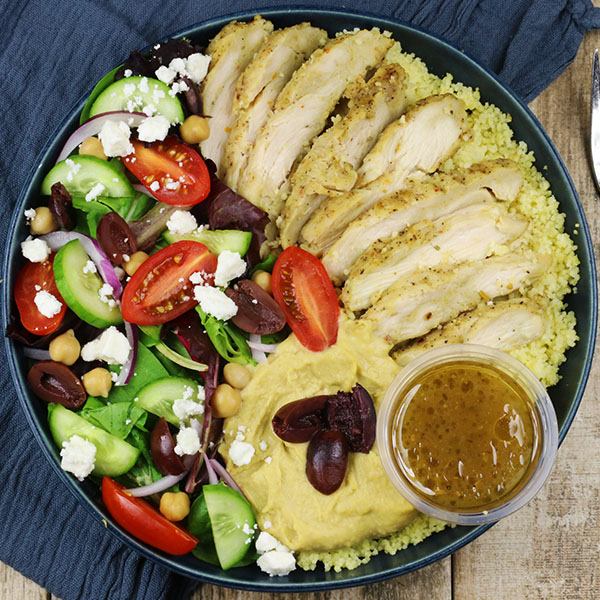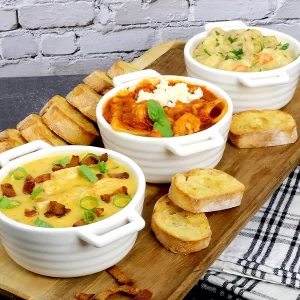
TREND BITES:
Ancient Grains
Add Texture and Nutrients with Ancient Grains
There is some level of irony in the appeal of ancient grains with today’s youth, but that doesn’t make them any less popular. Cultivated for centuries, these hardy grains have piqued the interest of consumers who value the environment and their own wellbeing alike. While other food trends focus solely on flavor, ancient grains have a sustainability story like few other ingredients. And let’s not forget they offer nutritional benefits and come in a variety of distinct flavors and textures that are easily featured in healthy menu applications!
What are Ancient Grains?
"Ancient grains" is a broad term for grains that have been grown the same way for hundreds of years without being changed by manufacturing practices. Some popular ancient grains are amaranth, sorghum, farro, barley, quinoa, and millet, and they're often used in salads, soups, and bowls as an alternative to modern wheat and rice.
Foodservice Director listed ancient grains as one of "5 Food Trends to Keep an Eye On" in 2024, and Greeneration chose ancient grains as a culinary trend this year. They said, "2024 will see a rekindled interest in these grains, as Chefs and food enthusiasts seek to reconnect with their roots and experiment with the wholesome treasures of the past."Sustainable Vibes for your Menu
Ancient grains have taken a backseat to crops like corn and rice in recent centuries due to the higher yield of modern grains, but now consumers are beginning to value nutritional benefits, unique flavors, and sustainability more than crop yield. Many ancient grains can grow with little water and poor soil conditions, which makes them easy to sustainably cultivate. This means that ancient grains' reputation is phenomenal among Gen Z and other consumers who like clean-label, sustainably-sourced products. Show your patrons that you value sustainable foods, too, by featuring a few ancient grain options on your menu.
Try these ancient grain applications!
Quinoa and Farro
While all ancient grains offer unique flavors and nutritional benefits, our favorites to work with are quinoa and farro. They're are easy to prepare—just cook them in water like rice!—and many consumers are familiar with them already. Quinoa is a flowering plant with edible seeds that act like a gluten-free grain. It's pleasantly chewy with a nutty, earthy flavor, and it's a great source of protein because it contains all nine essential amino acids. An ancestor to modern wheat, Farro is a whole-grain wheat that's rich in nutrients, minerals and antioxidants. It's a good source of fiber and tastes nutty and sweet. Both quinoa and farro make excellent additions to soups, salads, and bowls.
Build the Ultimate Grain Bowl
Bowls are a go-to for consumers across many demographics, and we even have a whole Trend Bite dedicated to them. When you offer an ancient grain bowl, use the grain name in the title like we did with this Chicken Shawarma Farro Bowl. The name will immediately alert patrons that it's a nutritious option with thoughtfully chosen ingredients, and you can further impress them with fresh vegetables, sliced and diced chicken, and a delicious sauce!
Chicken to Pair with Ancient Grains
Table of Contents
Want more Trend Bites content? Sign up for our monthly e-newsletters for menu ideas, back-of-house tips, and updates on our latest products!

